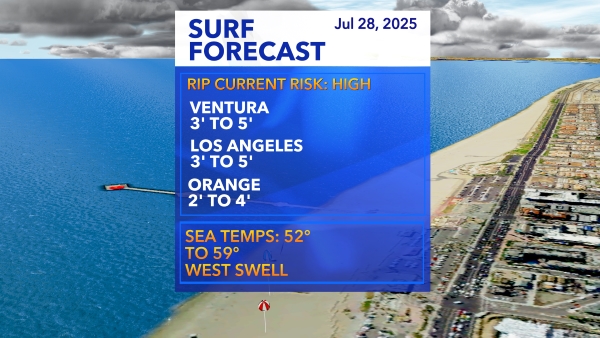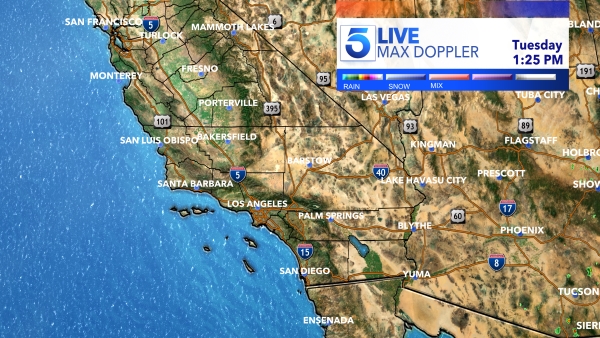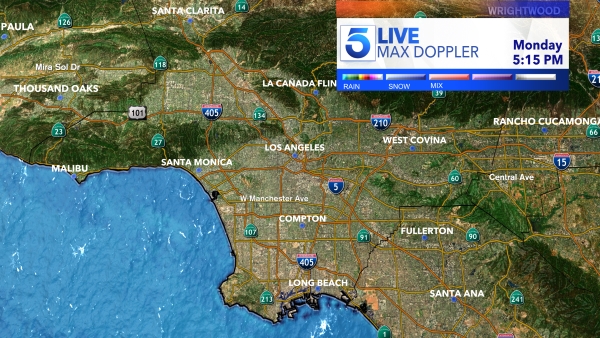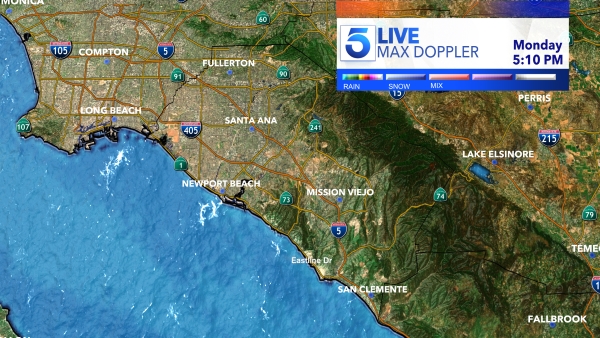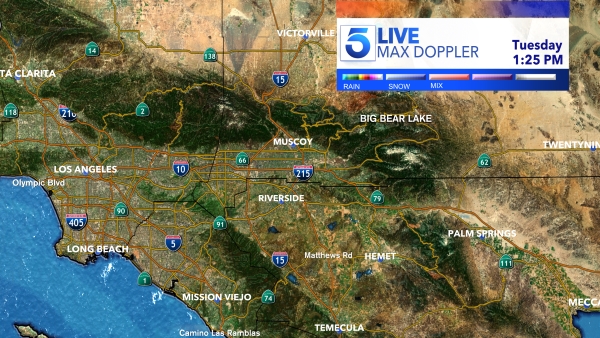With arctic air unleashed from the high latitudes of North America, barreling south toward the United States, you are undoubtedly going to hear the term polar vortex thrown around.
The truth is that the polar vortex is not a new term. It has been around for a long time. It’s just one of those cool buzzwords that has caught on recently. I guess the pun is intended with the word “cool.”
The polar vortex is a counterclockwise-spinning whirl of cold air in the high latitudes of the atmosphere.
When it “behaves,” it is donut-shaped, surrounding the pole, and it locks in the arctic air.
What happens with arctic air and some wind?
It is weaker and has slow-moving winds in the summertime and regains its identity and strength near the North Pole in the winter.
When it stays up north and minds its business, things are fine.
When it starts wobbling around and begins to move south, that’s when things start to get unglued weatherwise in the lower 48, meaning that the number and intensity of storms across the United States increases, and it’s likely temperatures will drop.
WSYR’s Dave Longley says he believes we’re setting up for a bitter third weekend of January, which would be appropriate since this is the time of year we should feel our coldest temperatures.
The vortex could dip south and then move back north just as quickly, leading to a brief intrusion of arctic air.
Or, the polar vortex visit could be more prolonged, with the cold air sticking around for a while.


If you move the slider in the graphic above to the left and right, you can see the U.S. forecast for when the polar vortex is up near the north pole minding its business. Much of the U.S. is experiencing warmer-than-normal temperatures, which was the case at the end of December.
Contrast that to when you move the slider to the left. The polar vortex has wobbled, and arctic air heads south into the lower 48. Get ready for a cold second half of January across the U.S.
